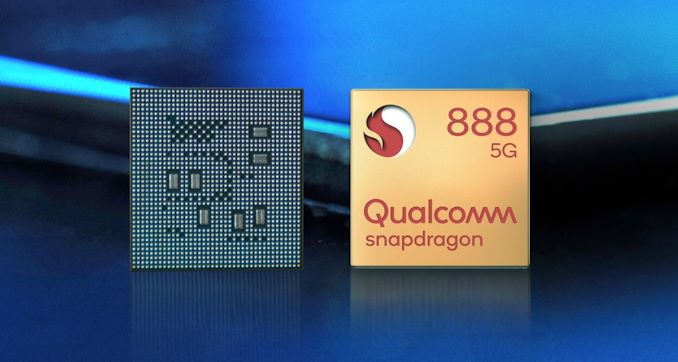
Unified Multi-Chip Package (uMCP) is an advanced memory packaging technology that integrates multiple types of memory components into a single package. Designed primarily for mobile and embedded applications, uMCP combines DRAM (Dynamic Random-Access Memory) and NAND flash memory, offering a compact and efficient solution to meet the growing demands of modern electronic devices. This technology optimizes space, enhances performance, and improves energy efficiency, making it particularly suitable for smartphones, tablets, wearables, and Internet of Things (IoT) devices.
Components of uMCP
1. NAND Flash Memory:
- Functionality: NAND flash is a type of non-volatile memory that retains data even when power is turned off. It is primarily used for storage purposes, providing high capacity at a lower cost compared to DRAM.
- Types: uMCP can utilize various types of NAND flash, including SLC (Single Level Cell), MLC (Multi-Level Cell), TLC (Triple Level Cell), and QLC (Quad-Level Cell), each offering different trade-offs in terms of speed, endurance, and capacity.
2. DRAM (Dynamic Random-Access Memory):
- Purpose: DRAM serves as volatile memory that provides fast access to data for active processes and applications. It plays a critical role in enhancing system performance by enabling quick read and write operations.
- Integration: In uMCP, DRAM works alongside NAND flash, allowing for seamless data management and processing.
Structure and Design of uMCP
The uMCP architecture employs a multi-chip packaging technique that integrates NAND flash and DRAM into a single module. This configuration provides several key advantages:
1. Compact Design: By stacking NAND and DRAM chips in a single package, uMCP significantly reduces the overall footprint required on printed circuit boards (PCBs), making it ideal for space-constrained devices.
2. Interconnect Technologies: uMCP utilizes advanced interconnect technologies, such as through-silicon vias (TSVs) and micro-bump connections, which facilitate high-speed data transfer between the memory components. This enhances communication efficiency and performance.
3. Standard Interfaces: uMCP typically adheres to industry-standard interfaces like UFS (Universal Flash Storage) and eMMC (embedded MultiMediaCard), which define how the memory communicates with the host system. These standards ensure compatibility and ease of integration into various devices.
Advantages of uMCP
1. Space Optimization: The integration of NAND flash and DRAM into a single package allows for significant space savings, making it possible to design thinner and lighter devices without sacrificing performance.
2. Performance Boost: uMCP packages provide faster data access and lower latency compared to traditional memory configurations. The proximity of NAND and DRAM enables rapid data transfers, which is crucial for the performance of modern applications.
3. Cost Efficiency: By reducing the number of individual components needed, uMCP can lower manufacturing costs. Fewer components also simplify assembly processes, reducing production complexity.
4. Energy Efficiency: uMCP solutions are designed to consume less power, which is particularly important for battery-operated devices. Enhanced power management features help optimize energy usage during operation.
5. Enhanced Reliability: The integrated design of uMCP reduces the risk of failures associated with separate components. Fewer solder joints and interconnections contribute to improved durability and reliability.
Applications of uMCP
1. Mobile Devices: uMCP is widely used in smartphones and tablets, where space constraints and high performance are essential. It supports advanced applications, gaming, and multitasking capabilities.
2. Wearable Technology: Smartwatches and fitness trackers benefit from uMCP's compact design, allowing for more functionality within smaller devices.
3. IoT Devices: Internet of Things applications, which require efficient data storage and processing, increasingly rely on uMCP to meet their operational needs.
4. Automotive Systems: In modern vehicles, uMCP can be utilized for infotainment systems, advanced driver-assistance systems (ADAS), and other electronic features that demand high performance.
5. Consumer Electronics: Beyond mobile devices, uMCP finds applications in digital cameras, gaming consoles, and other electronic devices that require fast and reliable memory solutions.
Future of uMCP Technology
As technology evolves, uMCP is expected to undergo further advancements. These may include:
1. Higher Density: Future iterations of uMCP may offer higher memory densities, allowing for increased storage capacities and enhanced functionality in devices.
2. Integration of Emerging Technologies: With the rise of new memory technologies such as 3D NAND and next-generation DRAM, uMCP could adapt to incorporate these innovations, enhancing its performance and efficiency.
3. Sustainability Initiatives: As environmental concerns become more prominent, manufacturers may focus on developing uMCP solutions that are more sustainable, reducing waste and energy consumption during production.
4. Enhanced Security Features: With increasing concerns over data security, future uMCP packages may incorporate advanced security features to protect sensitive information stored on mobile and IoT devices.
Conclusion
Unified Multi-Chip Package (uMCP) technology represents a significant leap forward in memory packaging solutions, combining NAND flash and DRAM into a single, efficient module. This innovative approach aDDResses the challenges of space, performance, and power consumption faced by modern electronic devices. As demand for higher performance and greater efficiency continues to rise, uMCP is poised to play a crucial role in shaping the future of mobile technology, embedded systems, and beyond. With ongoing advancements, uMCP will likely become an essential component in the ever-evolving landscape of consumer electronics and smart devices.
Other

What is HBM (High Bandwidth Memory)?
2024.09.05

What is Antenna Tuner IC?
2024.09.20

What’s the Difference between LPDDR and DDR?
2024.09.25

Snapdragon 888 5G Mobile Platform
2024.09.26

What is WiFi 6E?
2024.09.26

What is Bluetooth Audio SoC?
2024.09.26

What's HBM3E (High Bandwidth Memory 3)?
2024.09.26

What is an Audio Codec?
2024.10.09





